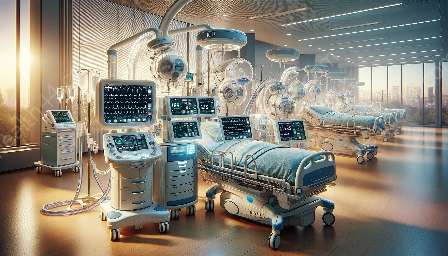Pacemakers are essential medical devices that play a vital role in supporting life through the use of advanced technologies. This comprehensive topic cluster delves into the intricacies of pacemakers and their compatibility with life support systems and medical devices & equipment.
The Evolution of Pacemakers
Pacemakers have come a long way since their inception. Initially, pacemakers relied on large external devices, but modern pacemakers are small, implantable devices that deliver electrical impulses to regulate the heart's rhythm, ensuring an efficient and regular heartbeat.
Technological Advancements in Pacemakers
With technological advancements, pacemakers now offer various features such as dual-chamber pacing, remote monitoring, and rate-response capabilities, enhancing their effectiveness in regulating heartbeats and improving patient outcomes.
Compatibility with Life Support Systems
Pacemakers are designed to seamlessly integrate with life support systems, ensuring that patients with heart rhythm irregularities receive continuous and reliable support. This compatibility is crucial in providing comprehensive care to patients requiring life support.
Impact of Pacemakers on Medical Devices & Equipment
The development of pacemakers has significantly influenced the advancement of medical devices & equipment. Innovations in materials, battery technologies, and miniaturization have not only improved pacemakers but also influenced the broader landscape of medical devices.
Benefits of Pacemakers
Pacemakers have transformed the management of arrhythmias and heart rhythm disorders, providing patients with a higher quality of life and reducing the risk of complications associated with irregular heartbeats. The benefits extend to both patients and the healthcare system as a whole.
Factors Influencing Pacemaker Development
Several factors, including medical research, technological breakthroughs, patient needs, and regulatory standards, influence the development of pacemakers. Understanding these factors is essential for ensuring the continued advancement of this life-saving technology.


